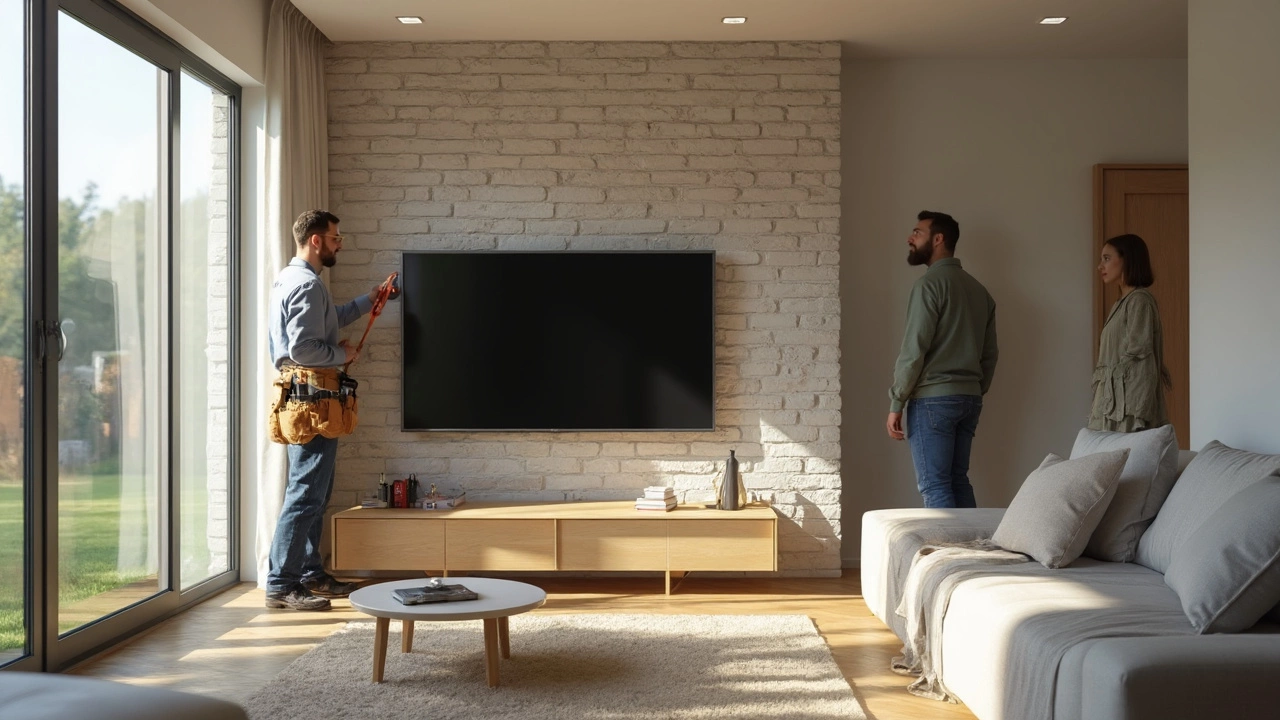Home Setup Guide: What Every New Build or Renovation Needs
Starting a home project can feel overwhelming, but breaking it down into clear steps makes it doable. Whether you’re building from scratch or refreshing an older house, the right setup saves time, money, and headaches.
Lay a Solid Foundation First
The foundation is the backbone of any home. Before any walls go up, check the soil type, drainage, and local building codes. A common mistake is ignoring a small crack in the slab; it can balloon into a costly repair later. Use a reputable contractor, ask for a soil test, and make sure the concrete mix matches the climate – a higher cement content helps in wet areas.
Plan Plumbing and Electrical Early
Plumbing and wiring run through walls and floors, so they should be designed before drywall is installed. Sketch out where showers, sinks, and appliances will live, then route pipes and conduit accordingly. This prevents “oops” moments when a pipe hits a stud and you have to cut into finished walls. A quick tip: label each pipe and wire during installation; future DIY fixes become a breeze.
Next, think about insulation and ventilation. Proper insulation keeps heating bills low and stops moisture from building up inside walls. Choose R‑values that meet local standards, and don’t forget attic ventilation – it keeps the roof breathing and prolongs its life.
Flooring choices often get extra attention, and rightly so. For new builds, hardwood, engineered wood, and luxury vinyl tile (LVT) are popular for durability and style. Before you lay any floor, ensure the subfloor is level; a few millimeters of unevenness can cause squeaks and gaps later. Use a self‑leveling compound if needed, and let it cure fully.
When it comes to walls, decide on your finish early – paint, wallpaper, or paneling. If you plan to paint, apply a primer to seal the surface and improve color coverage. For moisture‑prone areas like bathrooms, a waterproof backer board behind tiles is a must.
Don’t overlook the exterior. Proper flashing around windows, doors, and roof edges keeps water out. A simple mistake like missing a flash can lead to leaks that damage interiors. Check for a continuous slope away from the house in your landscaping to direct rainwater away from the foundation.
Lastly, set a realistic timeline and budget. Add a 10‑15% contingency for unexpected issues – foundations and soil surprises are common. Track expenses in a spreadsheet, and keep receipts for warranties.
By tackling the foundation, utilities, insulation, and finishes in the right order, you’ll avoid costly rework and enjoy a smoother project. Remember, good planning today means fewer headaches tomorrow.

